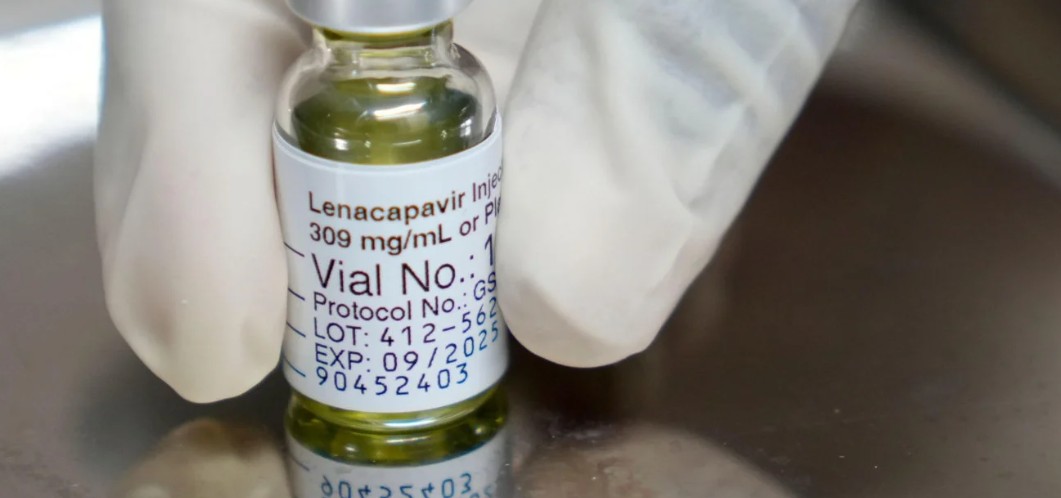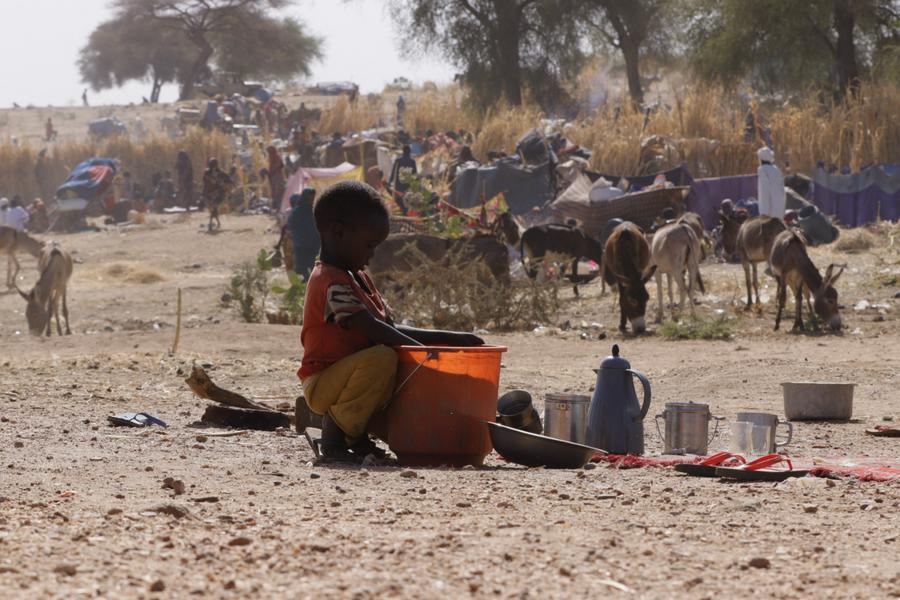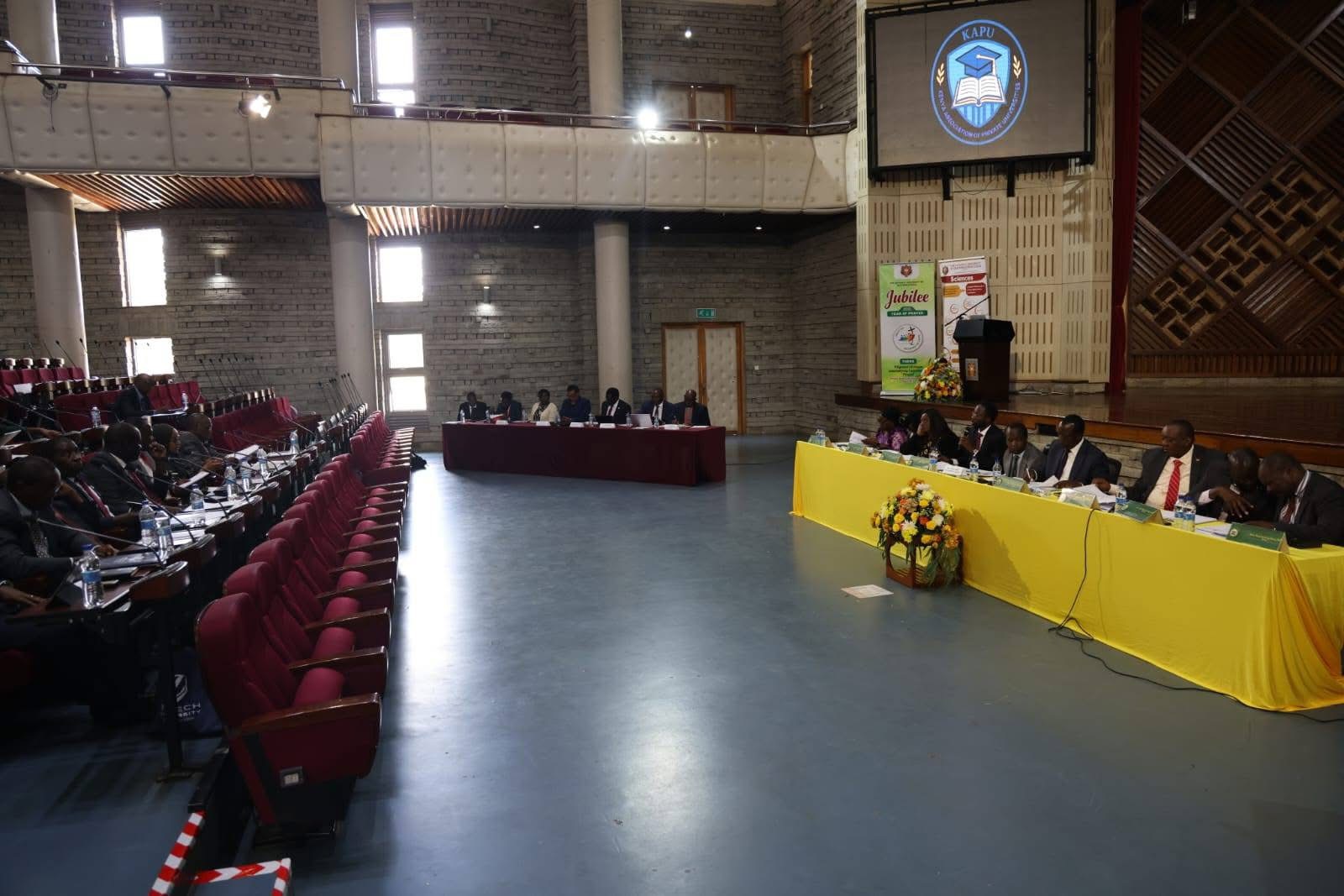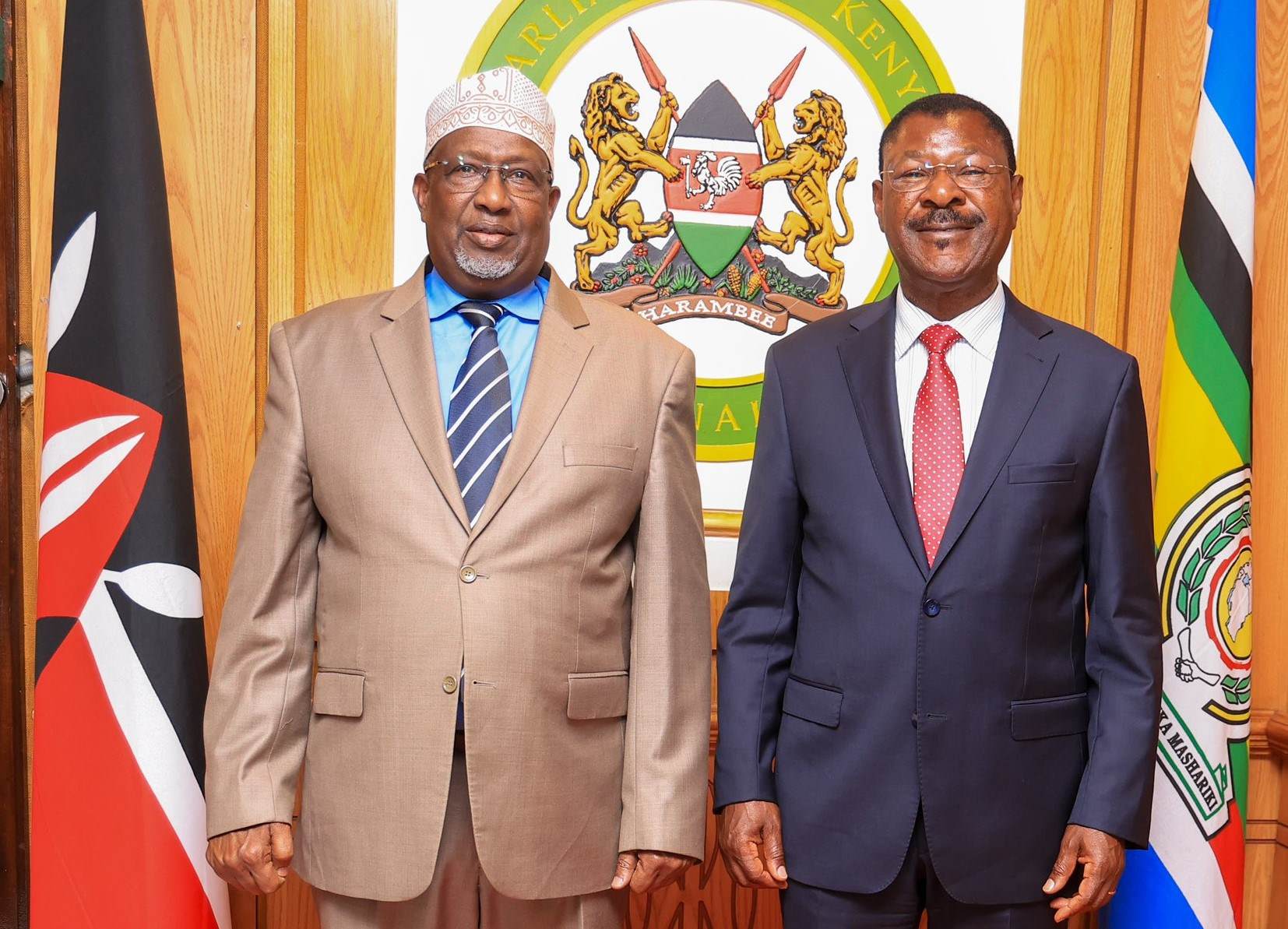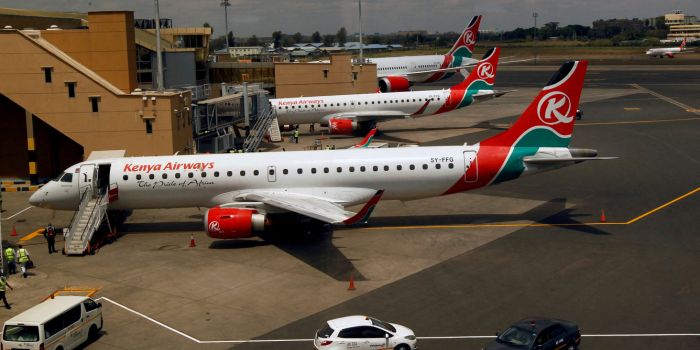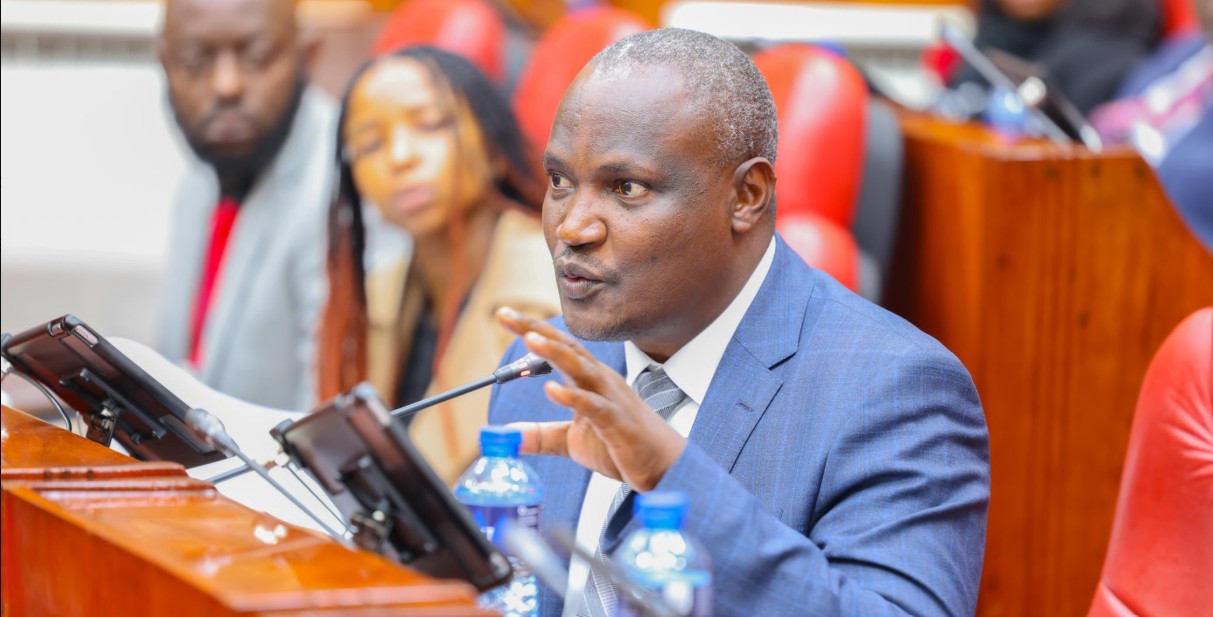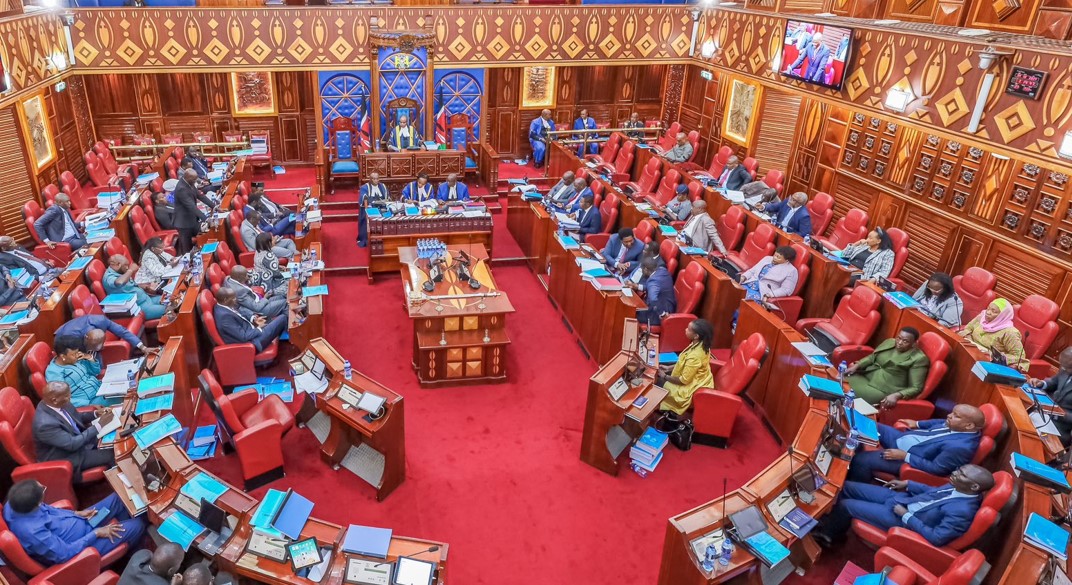Sh73.2 billion raised for Affordable Housing in 2025, only 1,795 units delivered
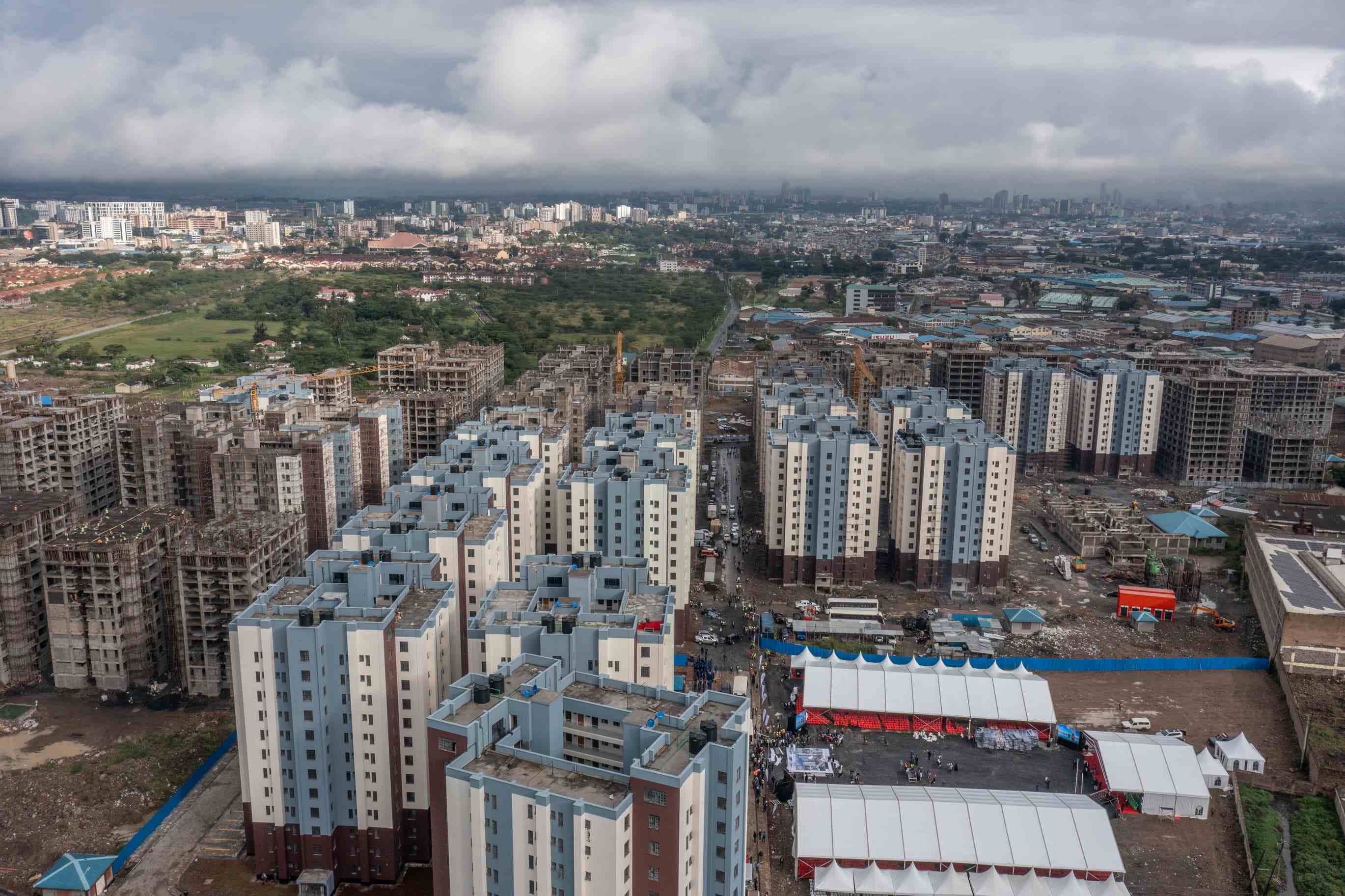
Employers and employees contributed 1.5 per cent of salaries, and the Kenya Revenue Authority (KRA) collected Sh73.2 billion, exceeding the projected Sh63.2 billion by Sh10 billion.
Kenya’s affordable housing programme made limited progress in the year ending June 2025, delivering fewer than 2,000 homes, a stark contrast to the ambitious goal of building 200,000 units annually under President William Ruto’s initiative.
Data from the Affordable Housing Board indicates that only 1,795 houses were completed and ready for occupation in the period, highlighting a persistent gap between the collection of housing levies and actual construction.
More To Read
- Makongeni residents protest planned demolitions under affordable housing project
- Kenya secures Sh167.9 billion to expand affordable housing, low‑cost mortgages
- Only 4 per cent of Kenyans can afford Sh10 million homes - survey
- MPs demand trader-centered designs in ESP market projects
- MPs push for faster delivery of affordable housing, economic stimulus projects
- Surveyors protest exclusion from major government projects
Despite the low output, demand for the finished homes was strong, with 93 per cent of the units sold, surpassing the 50 per cent target set by the Board.
Revenue from the housing levy remained robust. Employers and employees contributed 1.5 per cent of salaries, and the Kenya Revenue Authority (KRA) collected Sh73.2 billion, exceeding the projected Sh63.2 billion by Sh10 billion.
The high collections contrast sharply with the slow pace of house construction, revealing delays in translating funds into physical units.
During the year, only three projects were completed. In Nairobi’s Mukuru area, 1,080 homes were finished, all fully occupied, while 110 homes in Homa Bay also reached full occupancy.
Meanwhile, Nakuru’s Bondeni estate saw 605 houses completed, with an 80 per cent occupancy rate.
The Board also reported a shortfall in potential homeowners registering for the scheme. Just 292,326 Kenyans signed up on the Boma Yangu portal, less than the target of 565,800. In its submission to the National Treasury, the Board noted:
“Target [on affordable housing access] overachieved. More people than anticipated purchased the completed houses. The target of potential home owners was not achieved. Fewer people than anticipated registered on Boma Yangu.”
The figures show that less than one per cent of the annual 200,000-unit goal was achieved, underscoring a slow rollout in the second year of implementation.
Collections from the levy rose 35 per cent compared to the previous year, when Sh54.2 billion was collected. A brief suspension of the levy in 2024, following a court ruling that questioned its framework, had only slightly reduced the revenue inflow.
Despite the strong financial inflows, disbursement to construction projects has been cautious, reflecting the phased approval process and the timelines required for development.
According to a State Department for Housing and Urban Development report tabled in Parliament in May, over Sh30 billion of collected funds remained unspent, invested in Treasury bills for short-term periods ranging from three to 12 months while awaiting readiness by housing projects.
Top Stories Today
